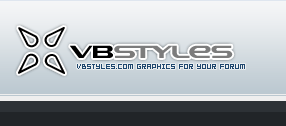Quote:
Originally posted by MainCap
Have been researching piston height to deck clearance for my new 383 build to try and acheive a nominal .040 quench distance and based upon available head gasket thicknesses and bore I am wondering what most of you do to acheive your quench clearances and desired cylinder volumes.
First, for a stock 9.025 deck ht, 3.75 stroke, 5.7" rod length and a KB135 18cc D-Cup .030 overbore piston with a compression height of 1.433, I calculate a nominal deck clearance of .017" - probably slightly less after leveling the deck. Gasket thicknesses - most with significantly more than .030 overbore - range from .015 thick to well over .040 thick.
So my questions are;
1) Is it normal or desirable to use a head gasket with up to say a 4.1" bore with a 4.030 cylinder bore", or would you try to use a head gasket that more closely matches the cylinder bore?
2) Would you zero deck the block (zero piston to deck clearance) and use a .040 thick gasket, or just mill the deck enough to match a given gasket thickness to acheive an .040 quench?
My confusion comes from what appears to me to be a head gasket mis-match between available bores and thicknesses, in that I can acheive my nominal .040 quench ht without completely zeroing the deck ht if I do not concern myself with a significant overbore on the head gasket. Am I missing something? What would you do?
Thanks for any advice!
IN A STREET ENGINE I WOULD NEVER BUILD A TRUE (ZERO DECK) ENGINE.WHAT HAPPENS IF ON THE NEXT REBUILD YOU HAVE TO DECK THE BLOCK BECAUSE IT IS NOT SQUARE THEN YOU WOULD HAVE A PISTON THAT IS (POSITIVE).I WOULD TRY AND STICK THE PISTON DOWN IN THE HOLE ABOUT .010 AND CALL IT GOOD.NEXT TIME AROUND YOU STILL HAVE A USABLE BLOCK NOT A DOOR STOP.